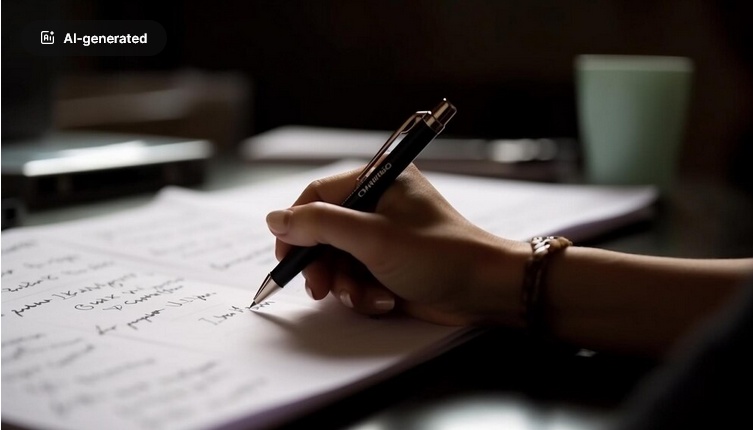Grant writing is a skill that can transform ideas into reality, providing the necessary funding to bring innovative projects and initiatives to life. Whether you're a nonprofit organization, a researcher, or an entrepreneur with a groundbreaking idea, mastering the art of grant writing is essential for securing the financial support needed to turn your vision into a tangible outcome. In this comprehensive guide, we will explore the intricacies of grant writing, offering practical advice and strategies to help you navigate the grant-seeking process effectively and secure funding for your projects.
Understanding Grant Writing: A Roadmap for Success
Grant writing is the process of crafting a compelling proposal to request funding from grantmakers, including government agencies, foundations, corporations, and nonprofit organizations. A well-written grant proposal serves as a roadmap for your project, outlining its objectives, methodology, budget, and expected outcomes. The goal of grant writing is to convince funders that your project is worthy of investment and will make a meaningful impact in your community or field.
The Key Components of Effective Grant Writing
-
Clear Project Description: Begin your grant proposal with a clear and concise description of your project or initiative. Clearly articulate the problem or need your project addresses, its objectives, and the activities you will undertake to achieve those objectives. Use language that is easy to understand and avoid technical jargon that may confuse readers.
-
Demonstrated Need: Provide evidence of the need for your project by citing relevant data, statistics, and research findings. Clearly explain why your project is necessary and how it will fill a gap or address an issue in your community or field. Use compelling anecdotes or real-life examples to illustrate the impact of the problem you are addressing.
-
Detailed Methodology: Outline the methodology and approach you will use to implement your project. Describe the specific activities you will undertake, the timeline for completion, and the roles and responsibilities of key personnel involved. Be specific and detailed in your explanations, demonstrating a clear plan for achieving your project's objectives.
-
Realistic Budget: Develop a realistic and well-thought-out budget that accurately reflects the costs associated with your project. Break down your budget into categories such as personnel, supplies, equipment, travel, and overhead expenses. Justify each budget item and explain how the funds will be used to support your project's goals and objectives.
-
Measurable Outcomes: Clearly define the expected outcomes and impact of your project, outlining how success will be measured and evaluated. Establish specific metrics or indicators to track progress and demonstrate the effectiveness of your project in achieving its intended goals. Provide a plan for monitoring and evaluating your project throughout its implementation.
Strategies for Successful Grant Writing
-
Research Grant Opportunities: Take the time to research potential grant opportunities that align with your project's goals and objectives. Explore grant databases, funding directories, and websites of grantmaking organizations to identify relevant funding sources. Pay attention to eligibility criteria, application deadlines, and funding priorities to ensure that your project fits within the scope of the grant program.
-
Tailor Your Proposal: Customize your grant proposal to align with the priorities and interests of the grantmaker. Tailor your language, examples, and arguments to resonate with the values and goals of the funding organization. Demonstrate a clear understanding of the grantmaker's mission and objectives, and show how your project aligns with their priorities.
-
Write Clearly and Concisely: Use clear, concise language in your grant proposal, avoiding unnecessary technical jargon or complex terminology. Make your writing easy to understand for readers who may not be familiar with your field or subject matter. Use bullet points, subheadings, and visual aids to break up dense text and make your proposal more accessible.
-
Provide Evidence and Examples: Back up your claims and arguments with evidence, examples, and data whenever possible. Use statistics, case studies, and testimonials to demonstrate the need for your project and the potential impact it will have. Provide concrete examples of past successes or similar projects to bolster your credibility and show funders that you have a track record of success.
-
Follow Application Instructions: Read the grant application instructions carefully and follow them to the letter. Pay attention to formatting requirements, page limits, and submission deadlines. Submit all required materials, including attachments and supporting documents, in the format specified by the grantmaker. Failure to adhere to application instructions could result in your proposal being disqualified.
Conclusion
Grant writing is both an art and a science, requiring creativity, strategic thinking, and attention to detail. By following the strategies outlined in this guide and crafting a compelling grant proposal, you can increase your chances of securing funding for your projects and initiatives. Remember to clearly articulate the need for your project, develop a realistic budget, and provide evidence of your project's potential impact. With dedication, perseverance, and effective grant writing skills, you can turn your ideas into reality and make a meaningful difference in your community or field.


No comments yet